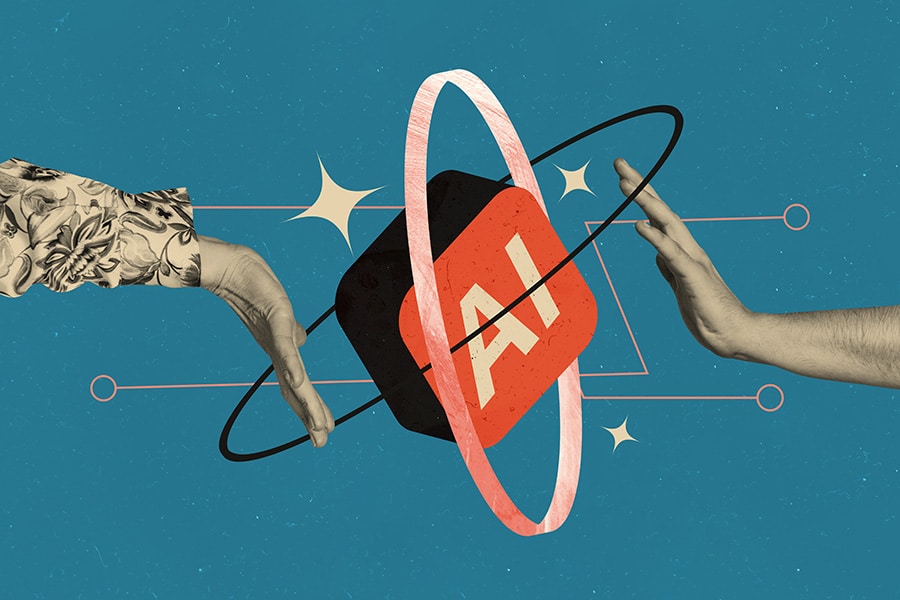A friend of mine was comparing monitors.
Twenty of them.
Behind a login wall.
Copy. Paste. Compare. Repeat.
I suggested using AI to help.
They tried over and over again through their company’s approved AI assistant.
Error messages. Half-baked tables. Downloads that wouldn’t download.
Frustration followed, and the verdict came quick:
“AI just makes more work.”
But here’s what I noticed:
Same task. Same data. Same AI model underneath.
Different outcome.
When I wrote the prompt:
“Take this list and give me a table with these headers…”
it worked. Instantly.
Not because I’m smarter.
Because I’ve learned how AI thinks.
The Quiet Divide Running Through Every Office
There’s a quiet line running through every workplace right now.
On one side:
“This thing is useless.”
On the other:
“I can’t live without it.”
The line isn’t about age, job title, or tech skills.
It’s about how you think about thinking.
People who “get it” treat AI like a collaborator.
They give it structure, examples, context, and constraints.
They debug their own question before blaming the tool.
People who don’t “get it” treat AI like a vending machine:
insert request, expect perfection, get mad when it jams.
Filters, compliance gates, and overprotective guardrails can turn a Ferrari into a golf cart.
But even a golf cart can win if you know where you’re going.
The Five-Step Rhythm That Separates Frustration from Fluency
People who “get it” don’t just use AI.
They think in systems.
They picture the workflow:
input → transform → output.
They adjust their language to fit the logic.
They know when to step in, when to step back, and when to reframe.
They don’t ask, Why didn’t this work?
They ask, What part of my ask was unclear?
There’s a simple rhythm I teach:
Clarify → Leverage → Evaluate → Adjust → Repeat.
Clarify what matters.
Leverage the tool to extend it.
Evaluate what comes back.
Adjust the next ask.
Repeat until the signal is clear.
AI follows your clarity more than your commands.
How Learning AI Sharpens Your People Skills
Here’s the part most people miss.
Working with AI can make you better at working with people.
You slow down.
You say what you actually mean.
You share context instead of assuming it.
You describe success before you demand results.
That’s healthy communication with teammates, partners, and at home.
AI makes you adapt your language to another mind.
So does every relationship worth keeping.
The Lever. The Mirror. The Lesson.
AI is a lever when you know what you’re lifting.
A mirror when you don’t.
If it frustrates you, it’s probably reflecting your process.
If it frees you, it’s probably amplifying your clarity.
Either way, it’s feedback.
The useful kind, the kind that helps you lead a little better.
With tools.
With people.
With yourself.
- Drift: When Leadership Loses Alignment Without Failing. - December 19, 2025
- AI Isn’t Ruining Your Marketing, It’s Revealing Your Leadership - December 5, 2025
- The Invisible Problem You Only Notice When It’s Late - October 31, 2025

